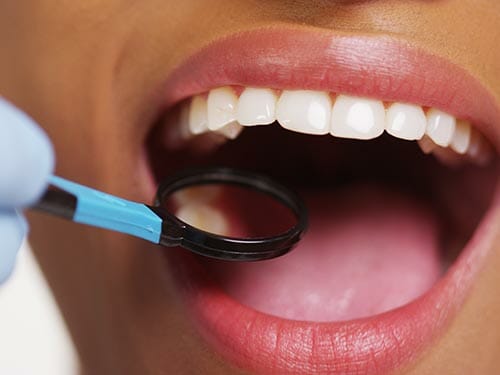Dr. Bowen prefers to use porcelain inlays for her patients since they most closely match the natural color of teeth. These restorations are designed to repair teeth that have been damaged, decayed, or are deteriorating, to fill in fractured or large fillings, or for cosmetic reasons.
Am I a good candidate for an inlay?
For a more natural-looking alternative to conventional silver and composite fillings, porcelain inlays are ideal. Additionally, when you’re not quite ready for a crown, an inlay retains more of the tooth’s natural structure and strength.
Are inlays permanent?
While they’ll last a long while, perhaps forever, there is a chance you’ll require a replacement down the road. That said, inlays are durable and designed to function just like your natural teeth.
What is the process like?
You’ll need to come in for two appointments – the first to remove any decay or old fillings from the tooth and clean and prep for impressions. A temporary filling will be put in place until your inlay is ready for attachment. During your follow-up visit, the lab-created inlay will be cemented to your tooth and further shaped and filed for a comfortable fit.
What are onlays?
Similar to inlays, onlays are meant to restore broken, damaged, and decayed teeth, as well as repair fractured fillings. They can be used for cosmetic enhancement as well. Sometimes called a partial crown, onlays are used instead of inlays when one or more of the chewing cusps have been damaged. Otherwise, the process for the onlay procedure is nearly identical to the inlay restoration, from impressions to cementing to seeing a refurbished smile.
